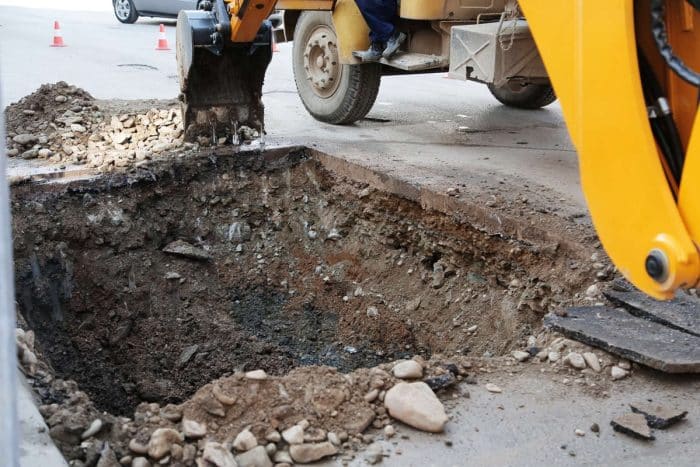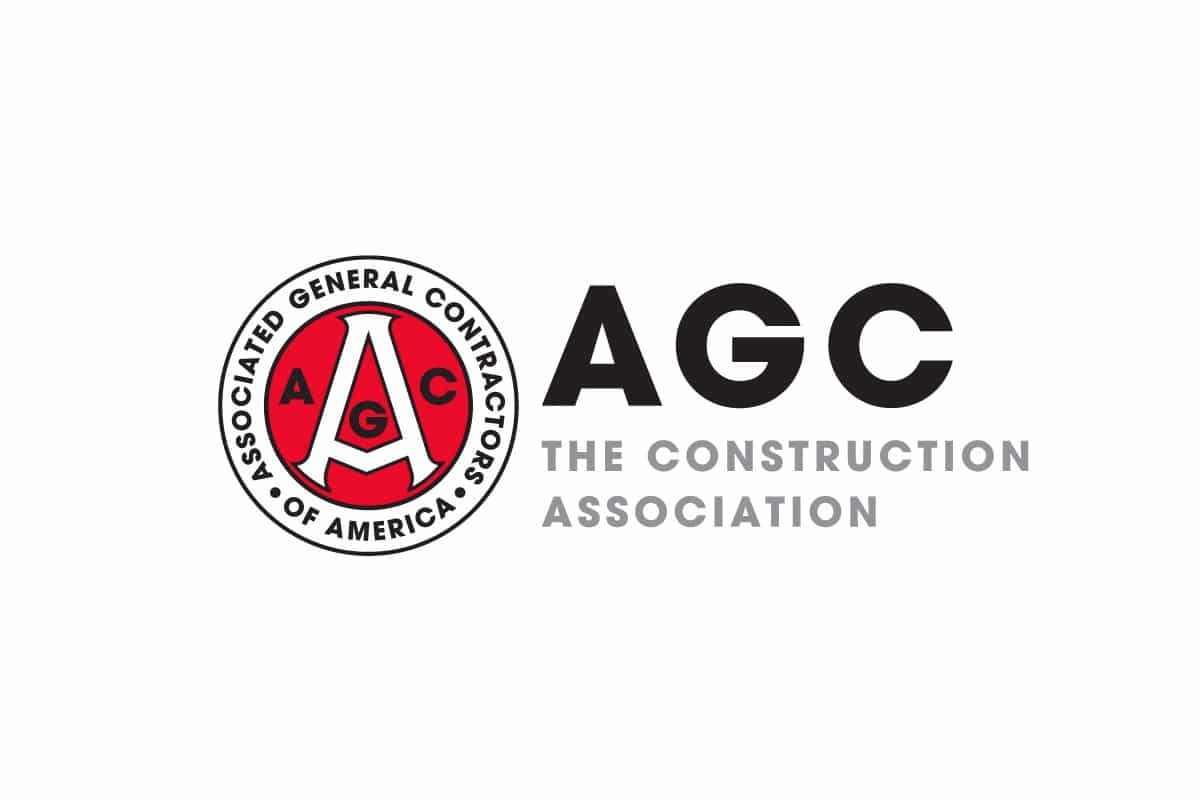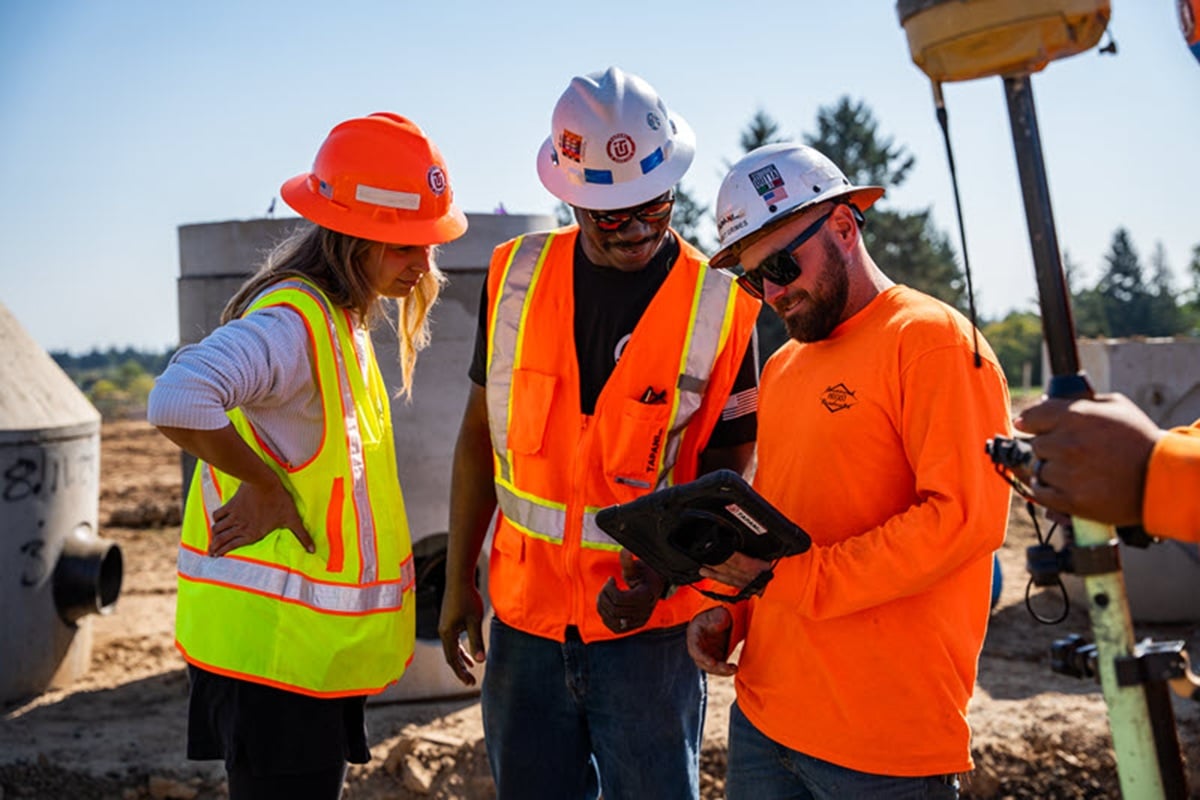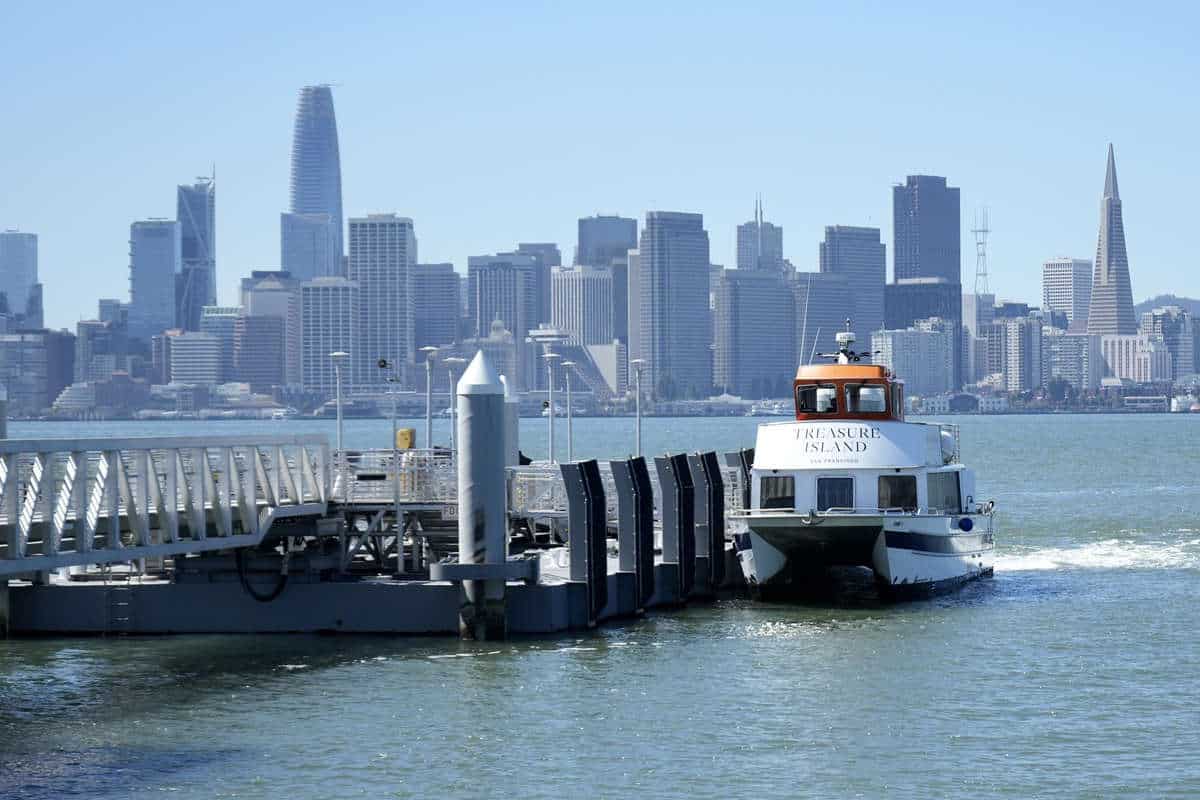6 Safe and Easy Ways to Minimize Downtime When Trenching in Urban Areas
By Emily Newton

Trenching in urban areas comes with unique challenges, but there are safe, easy strategies for minimizing downtime. In fact, taking precautions to prevent delays can even lead to improved trenching safety. How can you ensure your team is prepared for an urban trenching project with minimal downtime?
1. Use Compact Equipment
One of the biggest challenges when trenching in urban areas is cramped work areas. Urban spaces tend to have very limited room for equipment and workers to move around. Large equipment can lead to downtime due to the complexity of maneuvering in cramped spaces like sidewalks or along roads.
You can remedy this by using compact equipment. There is a fantastic market for compact excavators today, so you will have plenty of options to choose from. You can even get excavators small enough to fit through standard doors.
When shopping for a compact excavator for your urban trenching project, look for one with zero or minimal tail swing. This type of design significantly reduces the likelihood of accidentally colliding with objects, structures and people around the work zone. As a result, you can reduce safety risks and improve efficiency by maximizing maneuverability.
Remember to buy or rent attachments sized for a compact excavator, as well. Full-size ones are often too heavy or structurally incompatible for use with compact excavators. Opting for smaller extensions will help with maneuverability, though.
2. Prepare for Weather
Anyone who has installed or worked with underground utilities knows the frustration of poor weather while trenching. Rain, sleet and snow can wreak havoc on a trenching project, and cause hours or even days of downtime. While you cannot control the weather, there are some strategies you can use to minimize climate-related delays on-site.
The best way to prepare for bad weather is to order or rent the right gear at the beginning of your project. You might not need it, but you will be glad to have it if you do have to deal with rain or snow.
Invest in a water pump system if rain and flooding are a concern. This will allow you to drain your trench rather than wait for the water to evaporate. Make sure you have a storm drain or similar system near the dig site where you can safely dump the drained water.
If freezing soil, snow or ice are a concern, get a heated outdoor blanket and a ripper attachment for your excavator. You can use the heated blanket to warm up sections of ground before digging so it is easier to get through the frozen upper layer. The ripper attachment can help with this by breaking up the top layer of soil into more manageable chunks.
You may also want to consider paying for more powerful equipment if possible. When working with frozen ground, a more powerful engine can make a world of difference. Some people make the mistake of thinking a larger excavator attachment will get through frozen soil more efficiently, but it is really a matter of the force your excavator’s hydraulics can deliver.
When you are looking for an excavator for trenching in an urban setting, you ideally want something that compact and powerful. Of course, larger excavators are generally stronger, but that is not always the case.
A long arm can increase a compact excavator’s lifting capacity. With a stable track configuration, high-quality hydraulics and the right attachments, the machine can be robust enough to get through tough frozen soil.
3. Test and Survey Sites First
You can run into safety hazards and significant downtime if you start excavating without checking for buried obstacles first, especially utility lines. If workers accidentally hit buried high-voltage cables while digging, it can cause serious accidents. Even relatively harmless obstacles — like a large thread of rocks beneath the surface — can lead to excessive downtime without adequate preparation. Urban areas can be especially complex since it is possible to run into pipes, basements, tunnels and a wide range of other underground structures.
When trenching in an urban setting, always start by surveying the area. Depending on the location, you may also want to test for chemicals or ground pollution that could cause safety issues.
Pay special attention to locating any buried utilities around the site. This may even be the goal of your project, but prioritize it even if utilities are not your primary concern. If you are working with buried utilities — particularly electrical cables — ensure you use the proper trenching safety precautions. Install protective covers and shielding like metal conduits and insulation to protect the cables and prevent accidents during excavation.
4. Order Equipment Early
From basic safety gear to specialized winter digging attachments, order all of your equipment as early as possible. One of the most common causes of downtime in trenching is waiting for machinery or tools to arrive. This is especially disruptive when you need to order something after a project is already underway.
When trenching in urban areas, the shorter your project timeline, the better. Buying or ordering all of your equipment as early as possible can minimize the risk of delivery delays causing downtime. Make a list of everything you might need, including specialized weather-related gear.
You will need to decide whether you want to buy or rent your equipment at this stage. There are a few advantages to each and both can be more affordable in different situations. In this case, it mainly depends on how often your team works in urban spaces. If you are going to do numerous projects in neighborhoods, city streets or similar areas, it may be worth buying things like your compact excavator and attachments. However, you are probably better off renting specialized equipment.
You should also consider renting if you need equipment right away. Buying machinery involves more long-term commitment and funding, which requires more time for making an informed investment. Renting is much lower risk, though. You can visit an equipment rental company’s lot, pick out what you need and take it over to your site that day. If anything does not work or needs repaired, the rental company usually handles it.
5. Leave Time for Traffic Management
Trenching in urban areas necessitates consideration of the unique element of traffic. Foot and road traffic can both lead to downtime if you are not prepared for them. In fact, poor traffic management can even lead to serious safety hazards for civilians and construction workers.
The easiest method to prevent traffic-related downtime and hazards is utilizing barriers and signage. Trenches are often difficult to see, especially around congested or high-speed roads. Simply putting up visible traffic barriers around your site can prevent most accidents.
If your work site is in a highly congested area, you may need to adjust your scheduling, as well. Trying to work around streets cramped with traffic will lead to frustration for your team, drivers and pedestrians. Working at night or outside busy hours will minimize downtime for cramped maneuvering or adjusting to safety hazards.
6. Prioritize Trenching Safety
Trenching safety should always be a priority when trying to minimize downtime. All too often, attempts to improve workplace efficiency compromise workers’ well-being. However, it is possible to improve safety and reduce downtime simultaneously.
Many safety hazards can also lead to excessive downtime, so addressing these risks leads to a win-win situation. For example, safe trenching methods like sloping, benching or shoring can minimize the risk of a trench collapsing. This is one of the leading safety issues in trenching, but it can also lead to significant delays in recovery and rebuilding.
Likewise, utilize technology to improve efficiency and safety. For example, you can use Internet of Things (IoT) sensors to monitor equipment and employees around your site. They can alert you if machines show signs of malfunctioning or if someone gets hurt. You can even use IoT sensors to monitor the structural integrity of your trenches.
At the same time, the sensors can help you respond to emerging issues sooner. For instance, using IoT sensors for equipment monitoring allows you to catch mechanical concerns before a breakdown occurs. This can significantly reduce downtime since you will be able to do a quick repair rather than spend hours replacing a part or even a whole vehicle.
Safe, Efficient Trenching in Urban Areas
When trenching in an urban setting, many factors can lead to downtime, from poor weather to traffic obstacles. The key to preventing delays is preparation. Order your equipment early, and make sure you get gear for weather challenges like snow and rain. Carefully survey your site for buried utilities and make sure your equipment is sized for compact urban spaces.
Be careful to keep safety in mind, as well. With these precautions, you can keep downtime to a minimum without compromising your team’s or pedestrians’ well-being.
Emily Newton is a construction and industrial journalist. She is also the Editor-in-Chief for Revolutionized Magazine. Keep up with Emily by subscribing to Revolutionized’s Newsletter.




